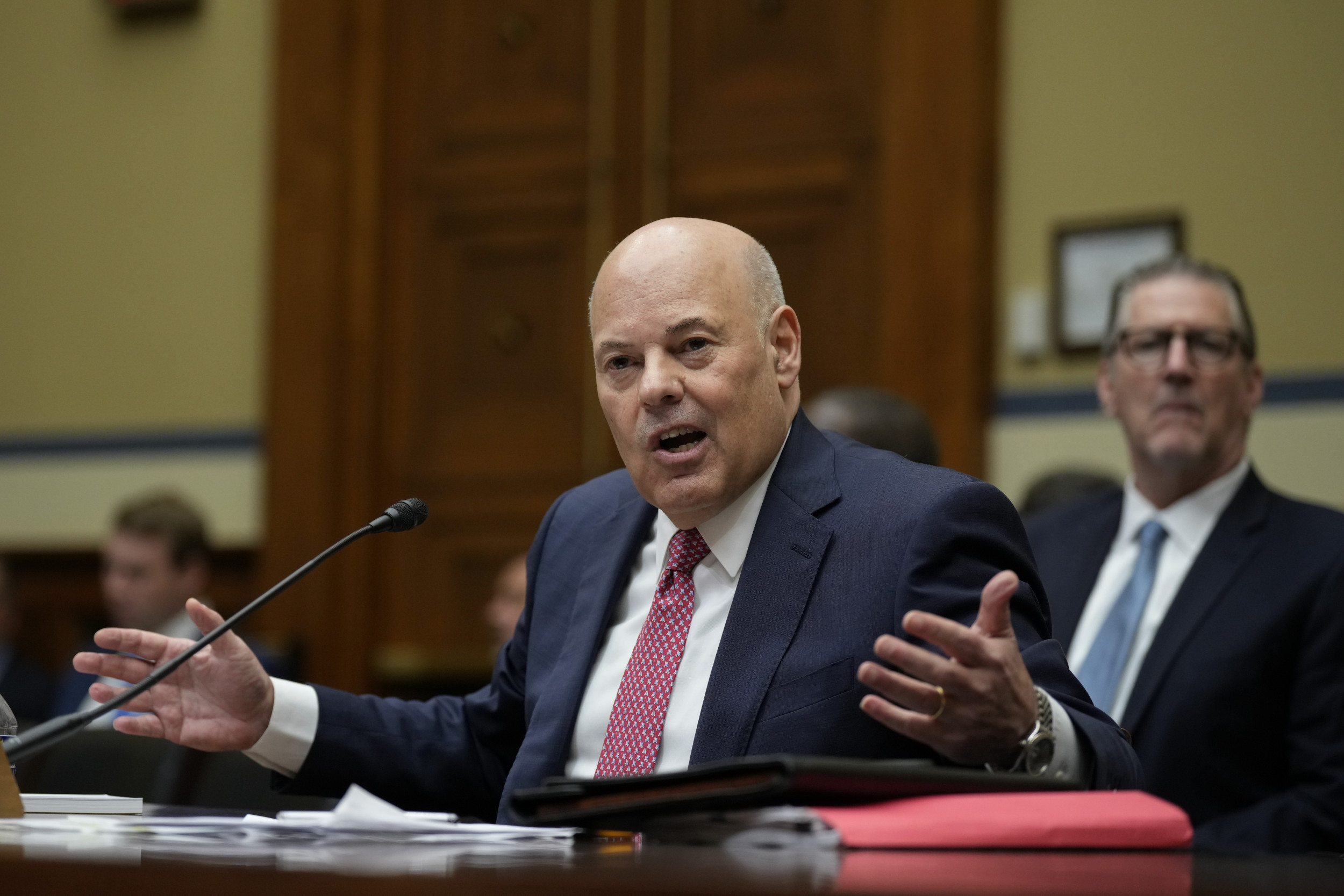Down near the frozen southern tip of the planet, the waters surrounding the remote South Georgia and South Sandwich Islands teem with life. Rich in krill—tiny marine organisms that sit near the bottom of the food chain—the region sustains millions of fish and penguins and is regularly visited by migratory groups of humpback whales.
This may not always be the case. Climate change is already having a negative impact on nature. Studies show that the Southern Ocean is warming much faster than any other, placing its incredible diversity of life at risk.
From the mass coral bleaching event devastating the Great Barrier Reef to industrial-scale fishing worldwide, humanity's impact on the ocean is increasingly hard to miss. The pressure we are placing on marine ecosystems threatens food security and livelihoods of coastal communities around the globe.
Fortunately, this week, governments are meeting in Athens at the Our Ocean Conference to discuss the challenges facing our ocean. The gathering offers a critical opportunity for leaders to demonstrate that they are serious about protecting the 70 percent of our planet covered by water.
One of the best tools at their disposal are marine protected areas (MPAs)—sites which restrict human activities for conservation purposes.
As climate change impacts our ocean and its wildlife, the creation of new MPAs is essential to safeguard marine ecosystems against overfishing and possible future threats such as deep-sea mining. Their importance was recognized by governments in 2022, when nearly 200 countries committed to protect 30 percent of land and water globally by 2030 in an initiative known as "30x30." The adoption of a High Seas Treaty last year provided a mechanism to ensure that protections could be extended beyond national waters.
We can look at the Papahānaumokuākea Marine National Monument in the Hawaiian islands as an example of the benefits innovative marine protections can bring to both wildlife and people. Established in 2006 and covering 583,000 miles, almost four times the size of California, it is one of the world's largest MPAs and home to a number of endangered species, including hawksbill sea turtles.
Since its creation, the Monument has protected both Hawaiian culture and marine wildlife, with commercial fishing banned inside its boundaries. As with many other examples of MPAs, rebounding fish populations within the Monument have spilled over its borders providing demonstrable benefits to local fisheries.
Despite the success of many MPAs and the recent announcement of a number of new ones, including recently in the Gulf of Mexico, the world is way off pace to meet its commitment to protect 30 percent of the ocean by 2030.
Currently, only around 8 percent of the ocean is protected. And many sites are protected in name only. France, for example, currently allows industrial activities in most of its MPAs.

One challenge has been the ability to track the progress of protected areas globally. That is why we are launching a new platform, the 30x30 Progress Tracker, which brings together existing information to enable users to identify possible new sites for protected areas and ensure governments can be held accountable for their promises. This platform is available for free to anyone with an internet connection and is designed to enable and inspire more people to participate in moving the 30x30 initiative forward.
With coastal communities often highly dependent on fishing but unable to easily participate in national planning processes, tools like this are essential to better enable their contribution and help make sure local waters are protected.
We also need to be smart about which parts of the ocean are prioritized for protection. We know some ecosystems such as seagrasses are critical to carbon sequestration, while mangroves can protect coastal communities against the impacts of the climate crisis by reducing flood risk. Work has also been done to identify the coral reefs most resilient to climate change. The new 30x30 Progress Tracker can map proposed MPAs against these key ecosystems, supporting interventions to maximize protections.
Time is not on our side here. Nearly 4 million square miles of ocean must be designated each year until 2030 to reach the 30 percent goal. And with billions dependent on the ocean for their health, food, and livelihoods, we cannot afford to let governments off the hook.
As leaders meet in Athens to discuss the management of our ocean, we encourage them to follow the example set by the government of the South Georgia and South Sandwich Islands earlier this year. Following a review of its existing MPA, it expanded the area where fishing is not allowed by over 64,000 square miles. The move will reduce pressure on marine species and help the entire ecosystem adapt to a warming climate.
On the surface, the ocean looks beautiful to nearly everyone. But below, where it's difficult for humans to see, the myriad plants and wildlife that have thrived for millions of years are suffering. Now is the time to protect this precious resource. We have a global plan in place, but it's up to governments, civil society, and anyone who cares about our planet's biodiversity to take action. This starts by ensuring that the promises of 30x30 are kept.
Antha Williams is Bloomberg Philanthropies' environment program lead.
John Amos is CEO of SkyTruth, a nonprofit conservation technology organization.
The views expressed in this article are the writers' own.
Uncommon Knowledge
Newsweek is committed to challenging conventional wisdom and finding connections in the search for common ground.
Newsweek is committed to challenging conventional wisdom and finding connections in the search for common ground.
About the writer
To read how Newsweek uses AI as a newsroom tool, Click here.






